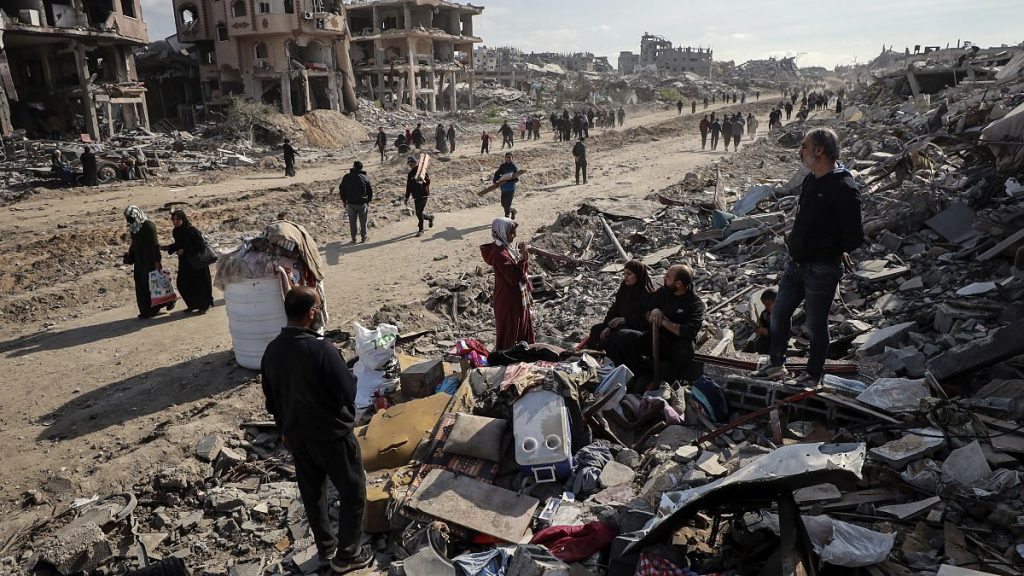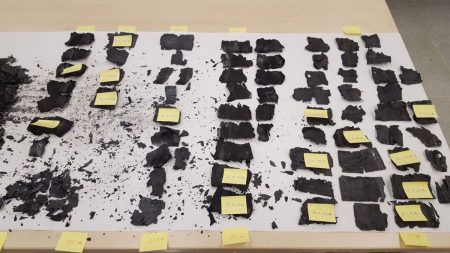The ceasefire between Israel and Hamas, brokered after 15 months of brutal conflict, brought initial jubilation to Gaza, but the celebrations quickly faded as residents returned to scenes of widespread devastation. The agreement, mediated by the US, Egypt, and Qatar, stipulated a three-phase process, with the initial stage involving the withdrawal of Israeli Defense Forces (IDF) from populated areas, allowing displaced Palestinians to return home. However, for many, there was little left to return to. The intensity of the fighting, the most severe in the history of the conflict, left vast stretches of Gaza in ruins, a stark reality that confronted those returning to cities like Khan Younis.
Khan Younis, considered the most heavily damaged city in Gaza, bore the brunt of the Israeli bombardment and ground operations. Entire neighborhoods were reduced to rubble, a wasteland of destroyed buildings and debris. The IDF’s four-month ground operation in Khan Younis, the longest of the war, left major roads impassable and essential infrastructure like water and electricity systems decimated. This devastation mirrored the destruction seen across the Gaza Strip, extending to the north in Jabaliya, home to the territory’s largest refugee camp.
Jabaliya, the target of a renewed military operation launched in October of the previous year, witnessed the destruction of a significant portion of its structures. The IDF justified the reinvasion of the camp citing the presence of a regrouped Hamas command center. The operation, which followed a chaotic civilian evacuation, resulted in the destruction of at least 70% of the area, according to Palestinian officials. The widespread devastation painted a grim picture of the conflict’s impact on civilian life and infrastructure.
Rafah, once a refuge for displaced families fleeing bombardments in other parts of Gaza, also experienced extensive damage. Returning residents discovered a city marred by destruction, with some reporting the discovery of human remains amidst the rubble. The city’s healthcare system was crippled, with the director of the destroyed Abu Youssef Al-Najjar Hospital emphasizing the urgent need for field hospitals across Gaza to address the overwhelming medical needs. The destruction of hospitals and medical facilities compounded the humanitarian crisis, leaving the population vulnerable and without adequate access to care.
Despite the widespread destruction, there were pockets of relief. Some residents, against all odds, found their homes miraculously intact, offering a glimmer of hope amidst the despair. These isolated cases provided a stark contrast to the overwhelming devastation and served as a reminder of the personal tragedies and triumphs within the larger context of the war. However, the overall picture remained bleak, with the immense toll of the war becoming increasingly evident.
The conflict’s devastating impact is reflected in the staggering numbers: over 46,000 Palestinian casualties according to Gaza’s Health Ministry, over 1,200 Israelis killed in the initial Hamas attack, and hundreds of Israeli soldiers lost in the ensuing conflict. The displacement of nearly 90% of Gaza’s population, often multiple times, further underscores the humanitarian crisis. The extensive damage to the health system, road network, and other vital infrastructure presents significant challenges for recovery. Rebuilding efforts, contingent on the ceasefire progressing to its final phase, are projected to take years, if not decades. The long-term future of Gaza, politically and economically, remains uncertain, with significant questions looming over its ability to recover from such widespread destruction. Earlier assessments by international bodies had already estimated the cost of rebuilding critical infrastructure in the billions, with warnings that the Israeli blockade could severely hinder long-term economic recovery.














